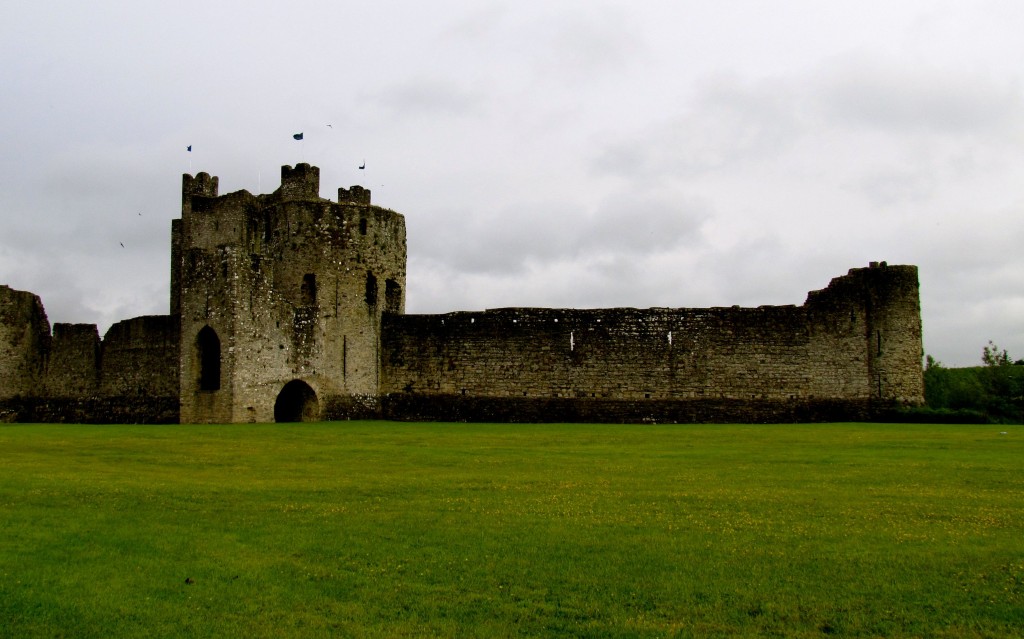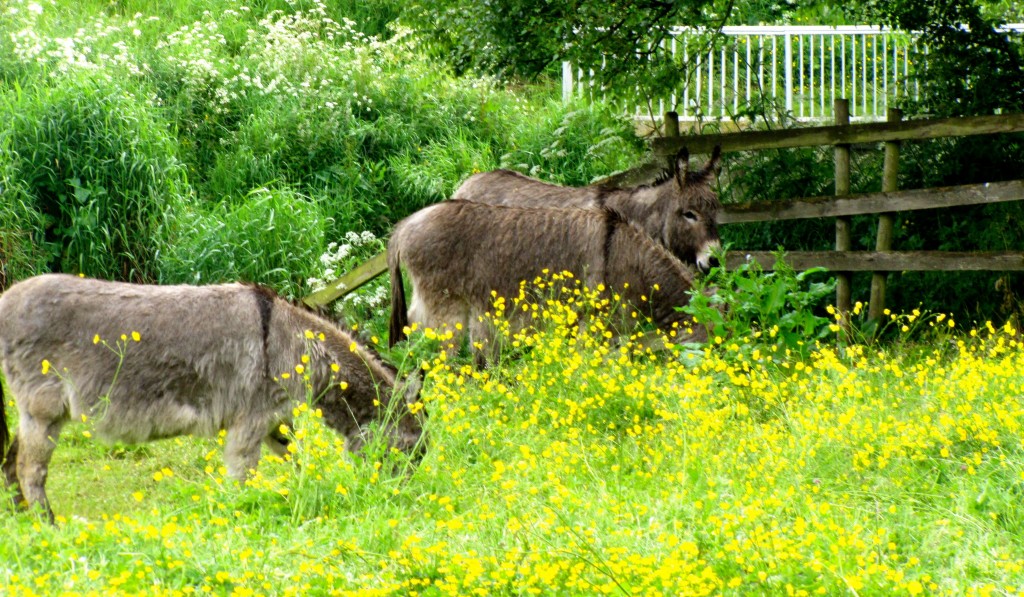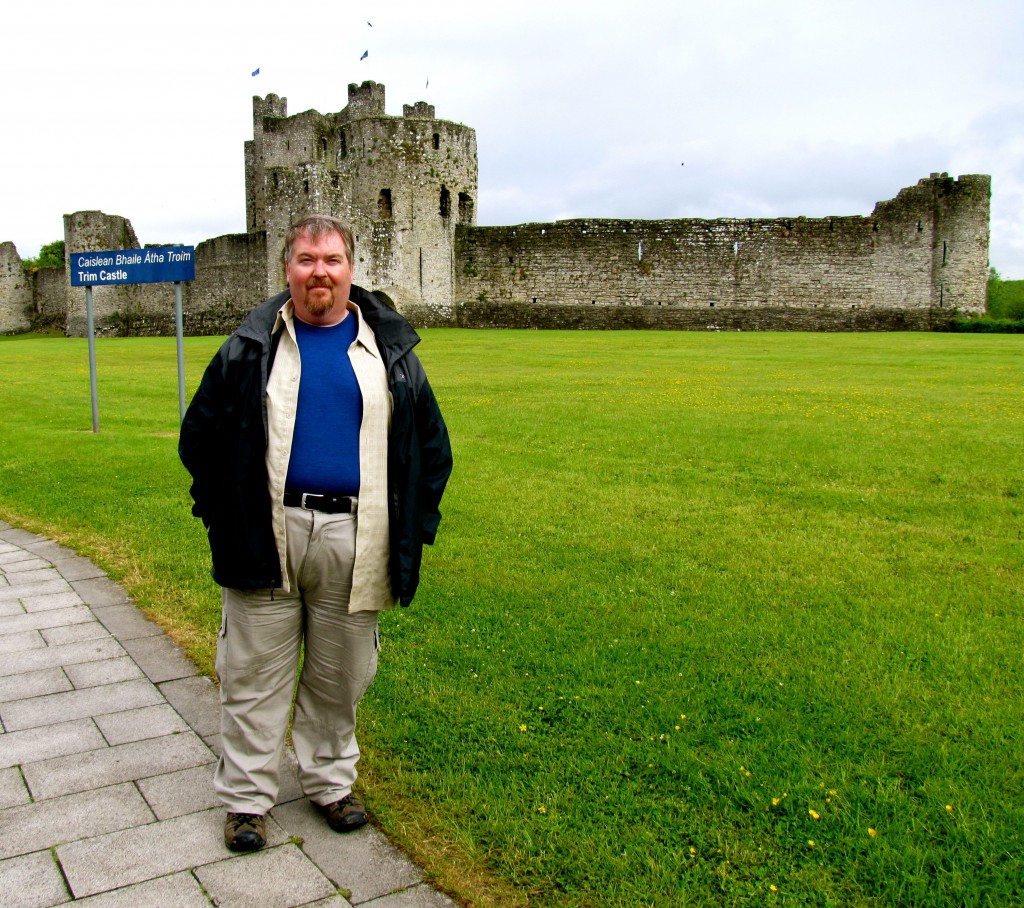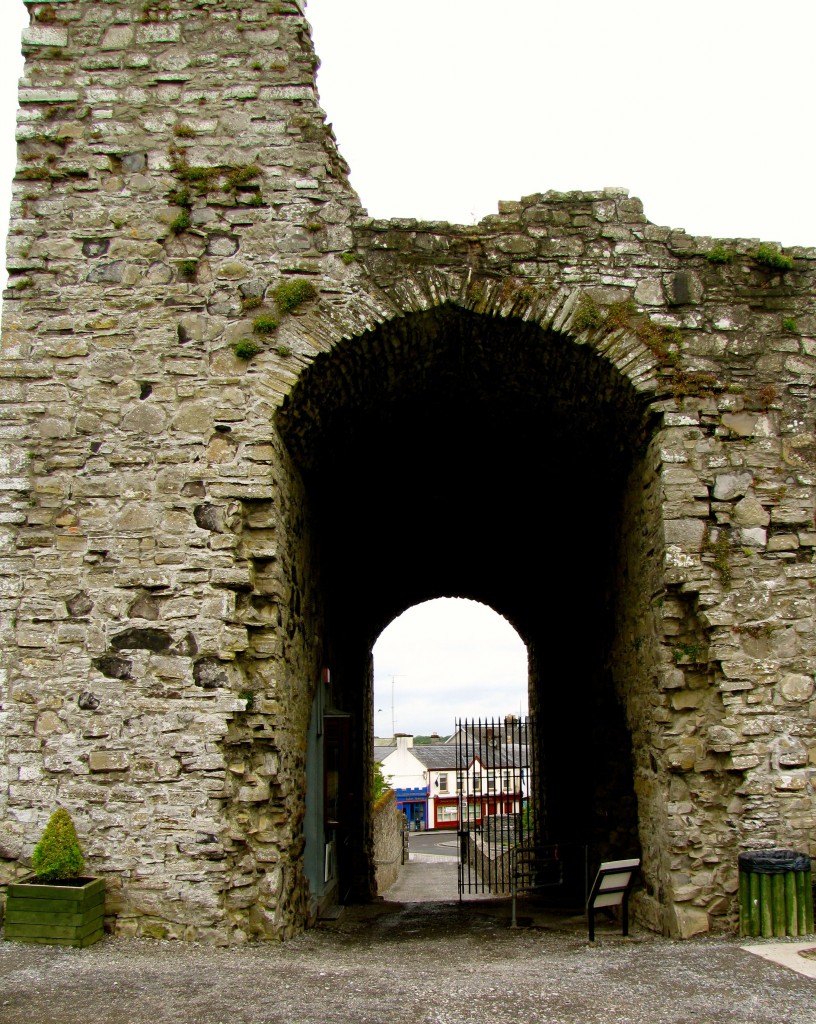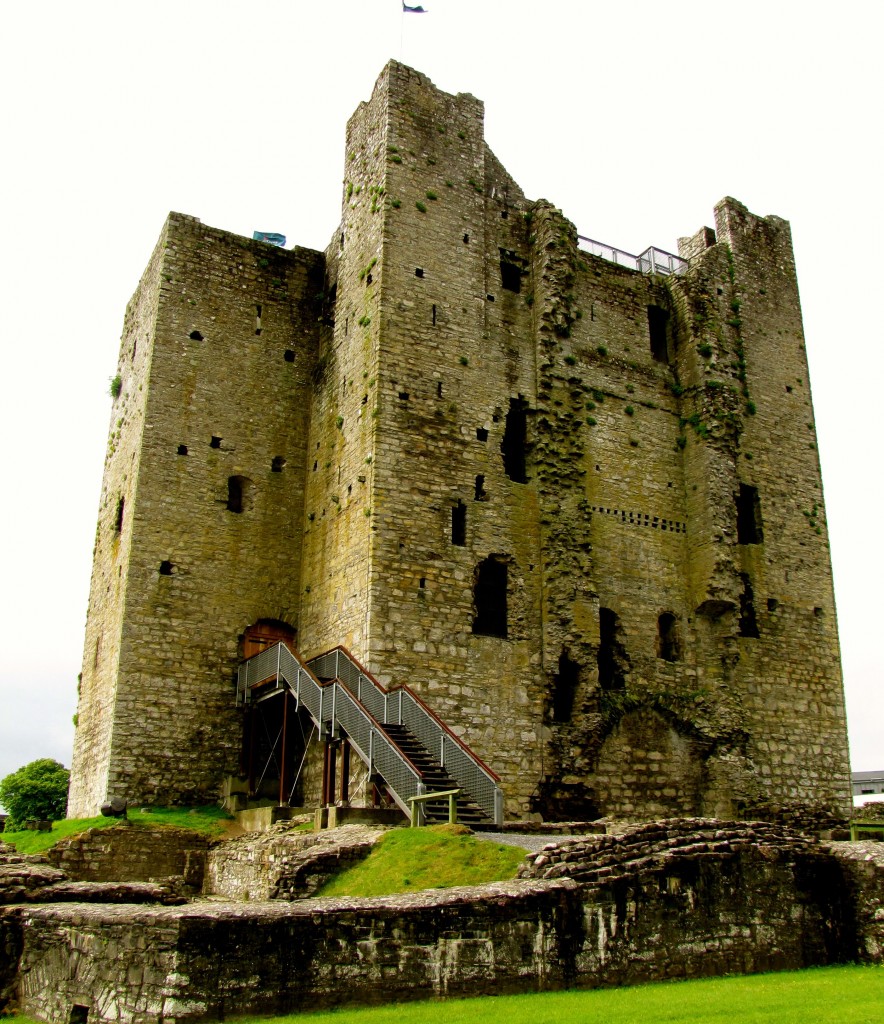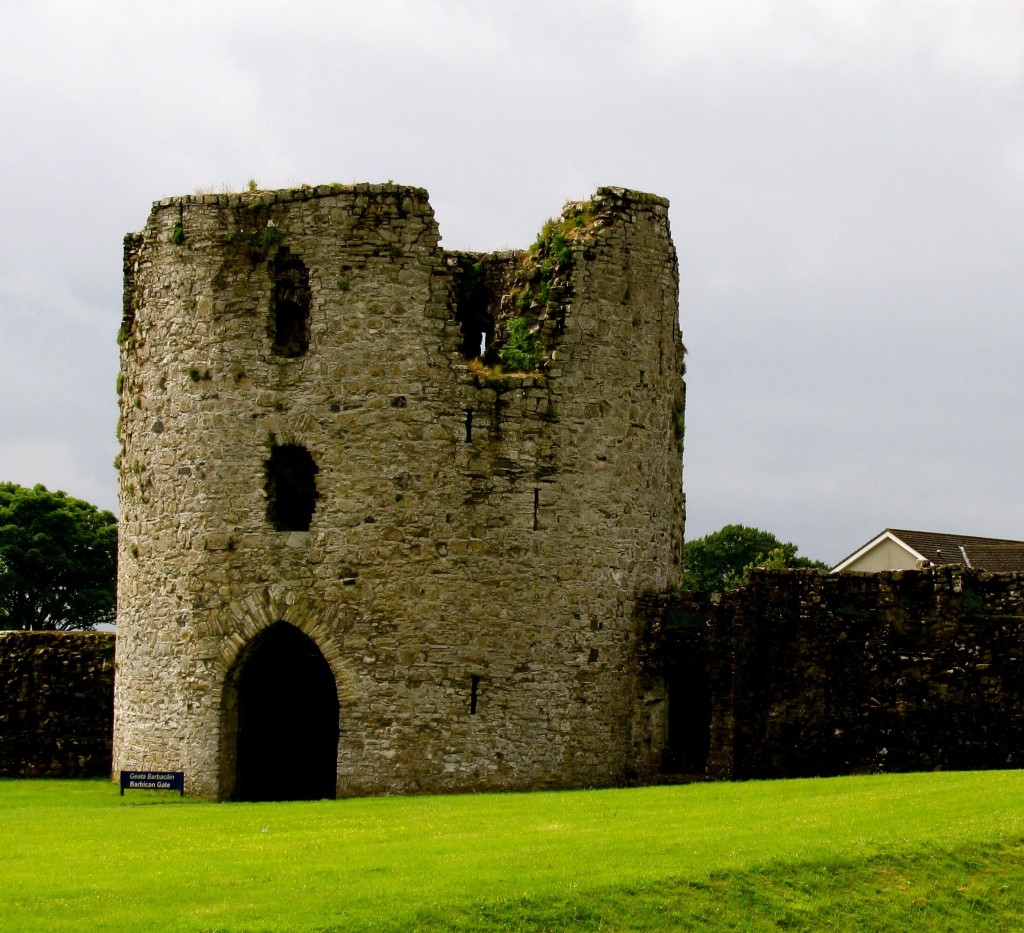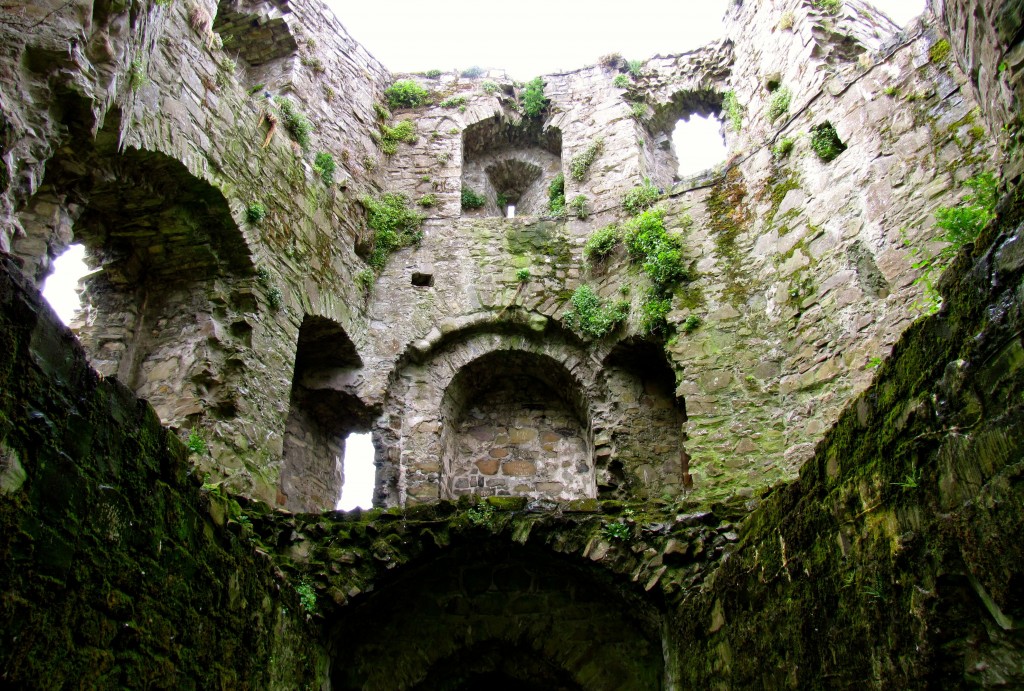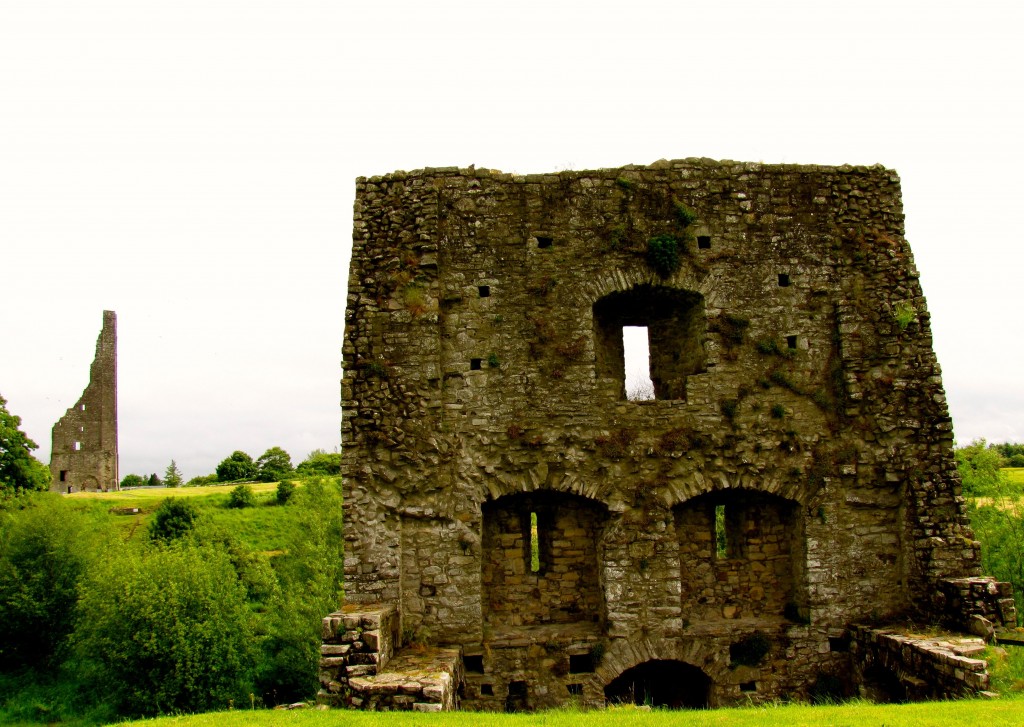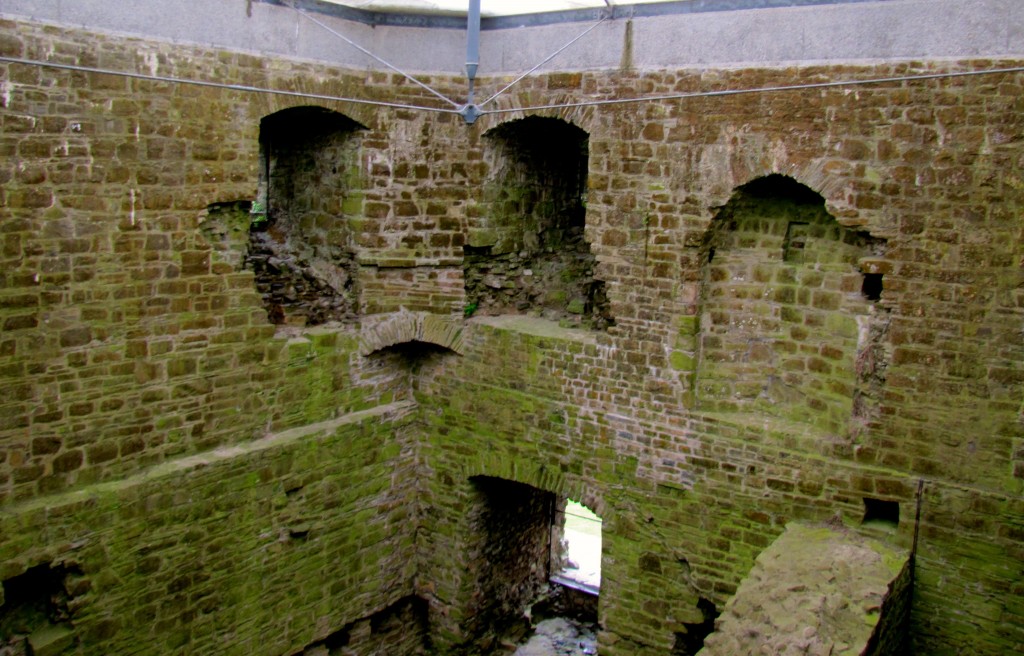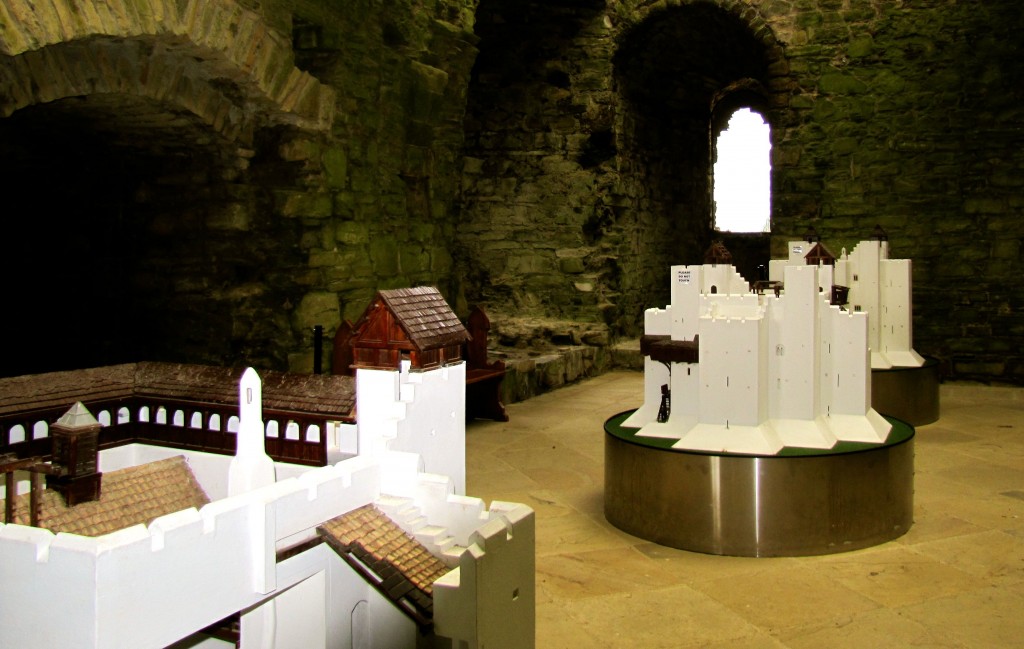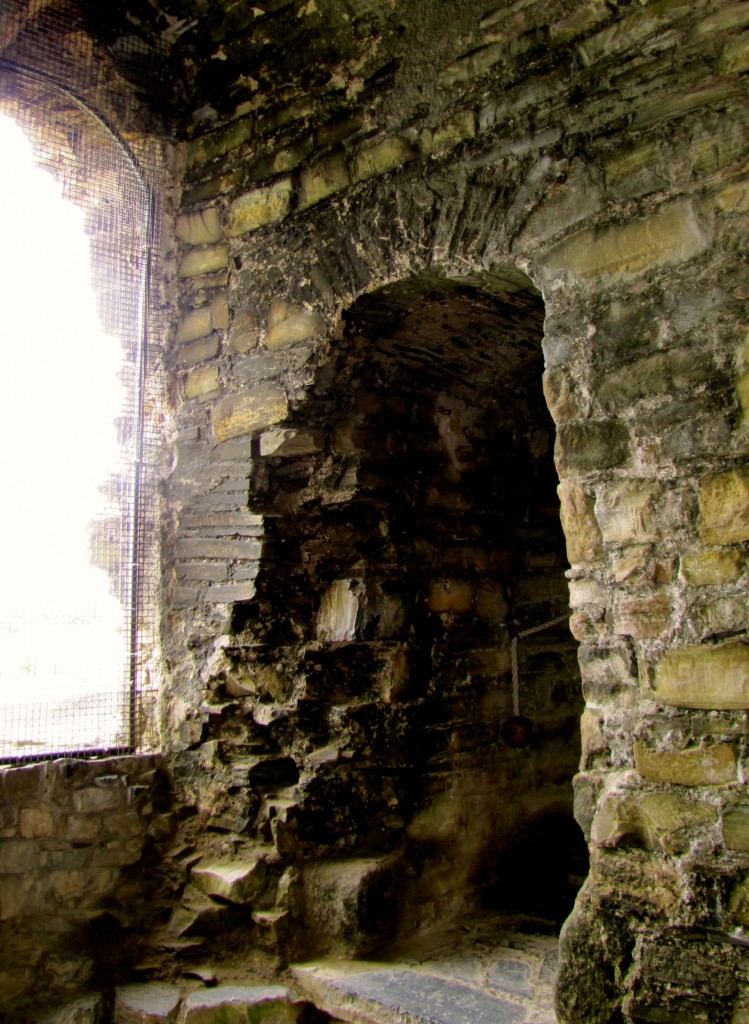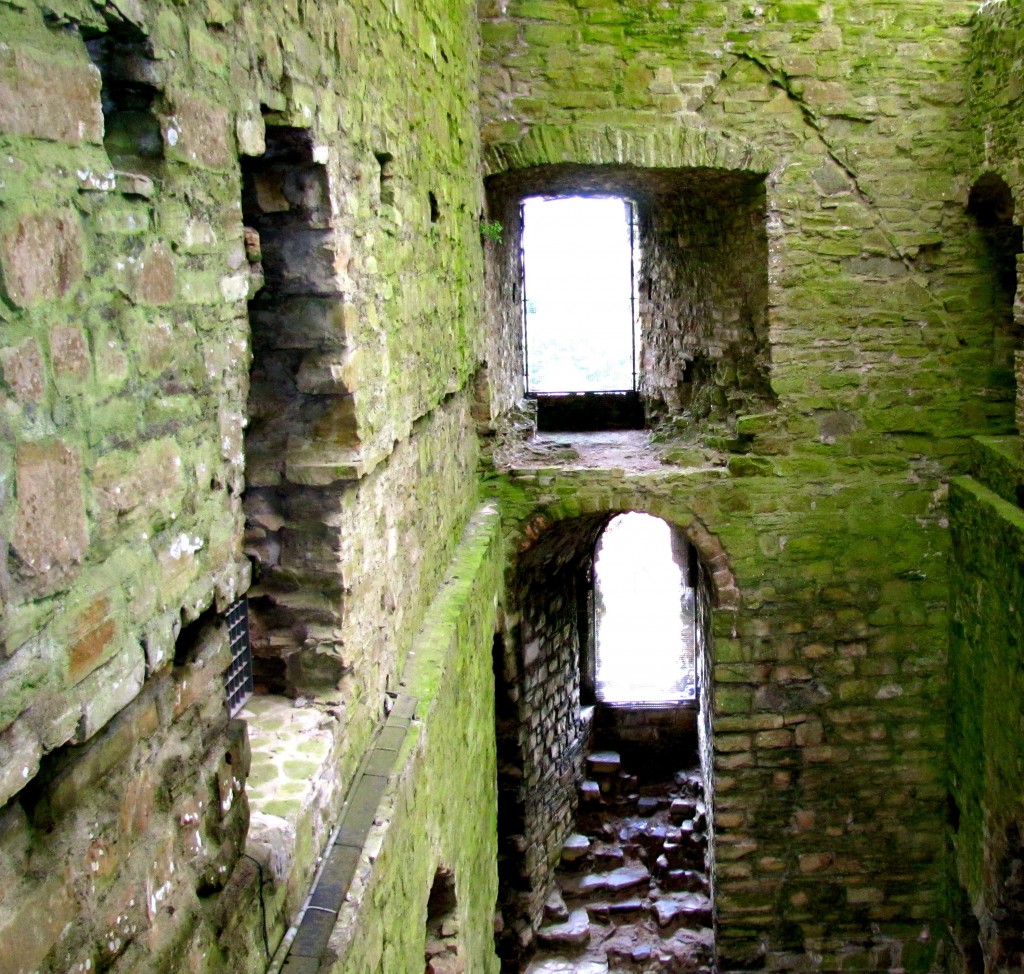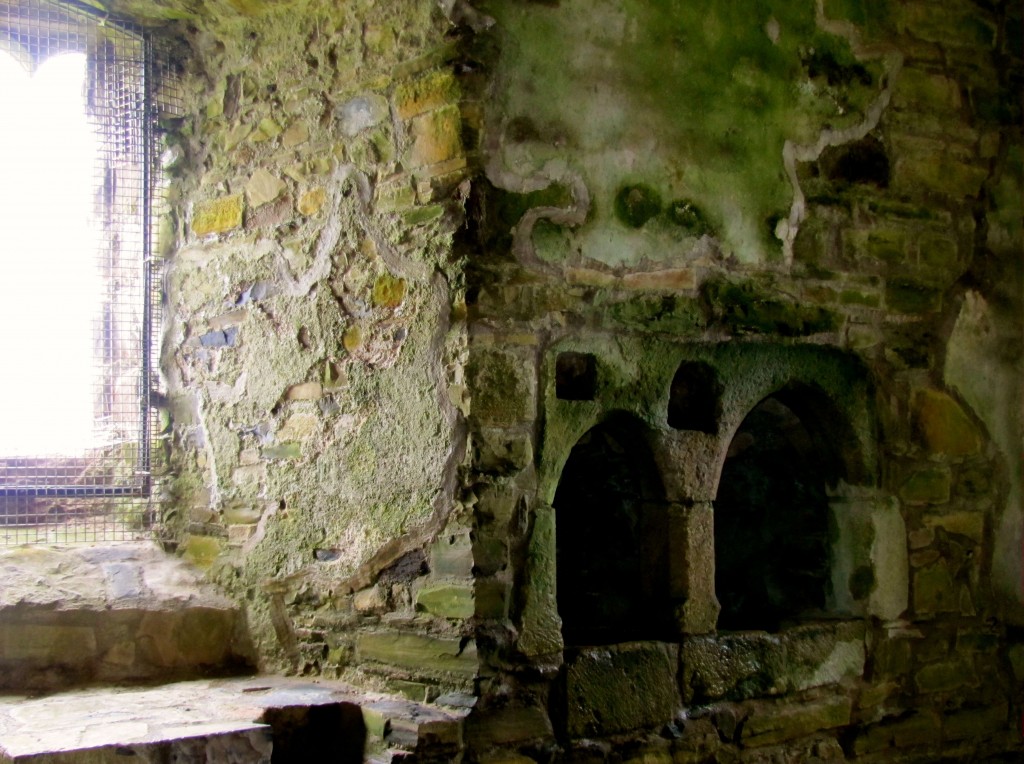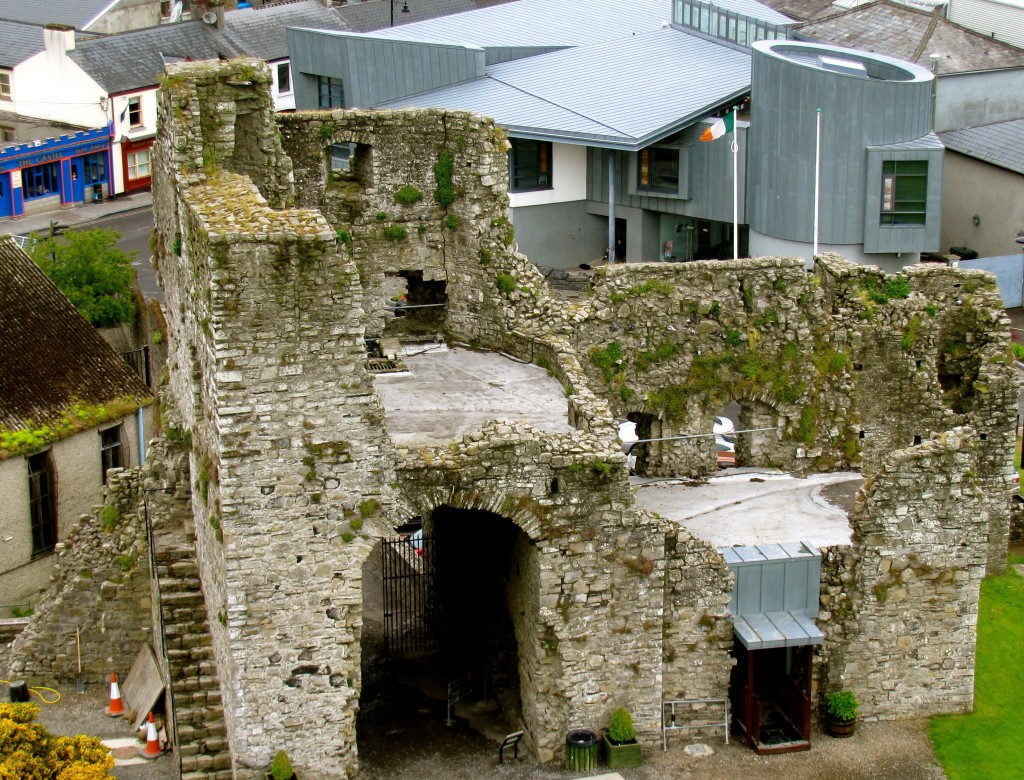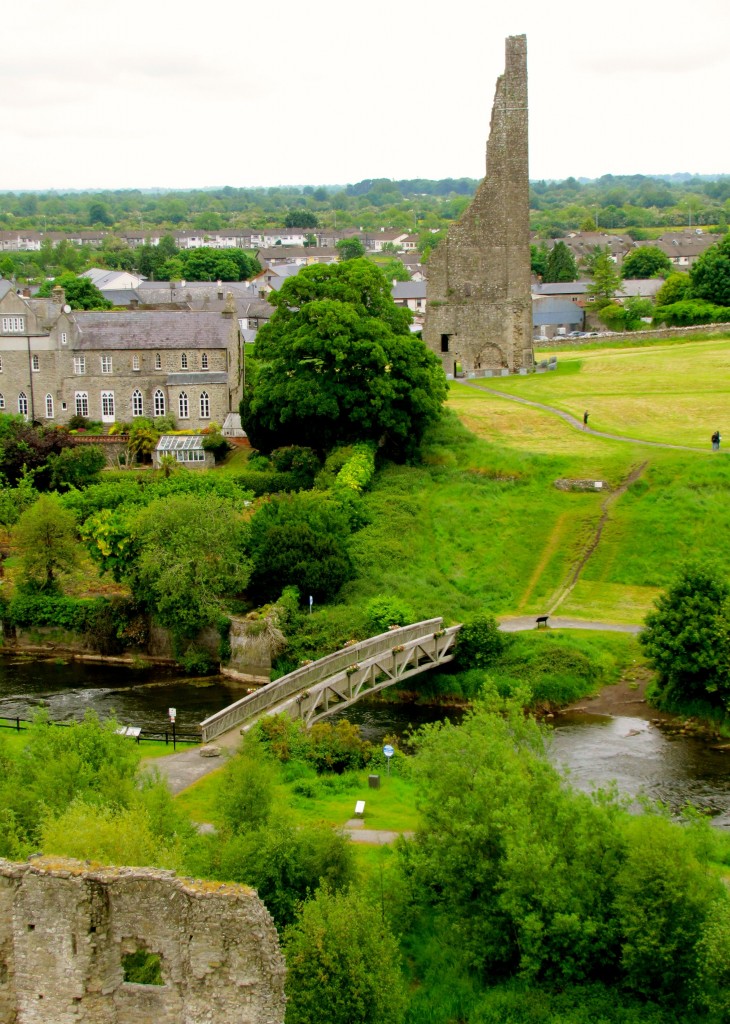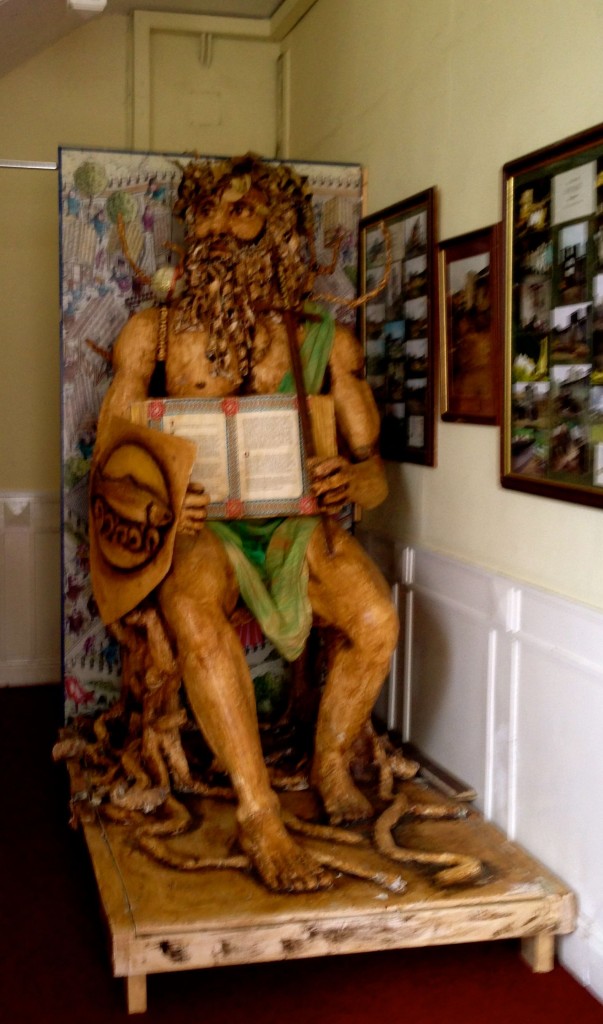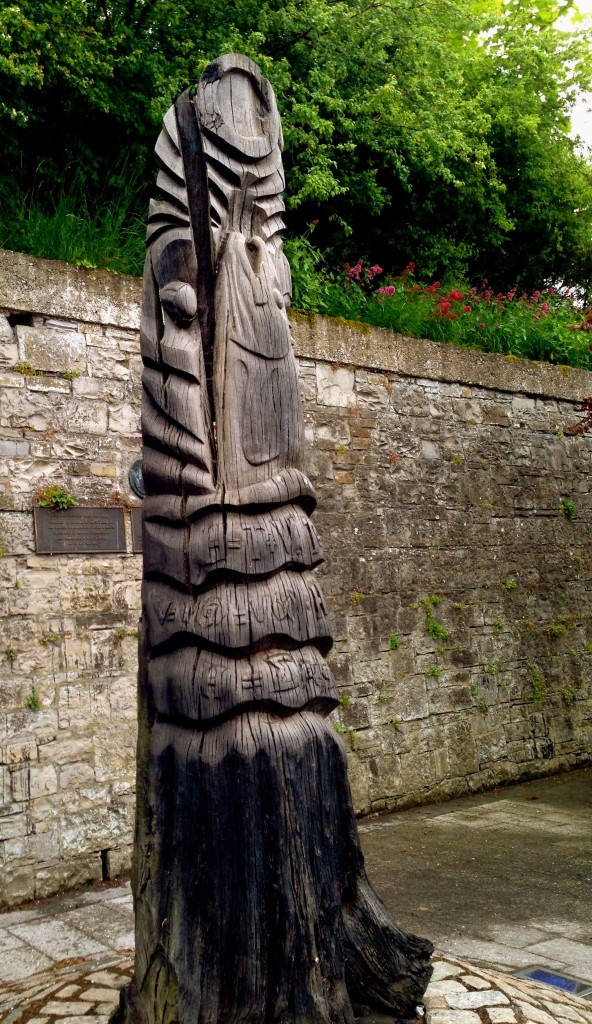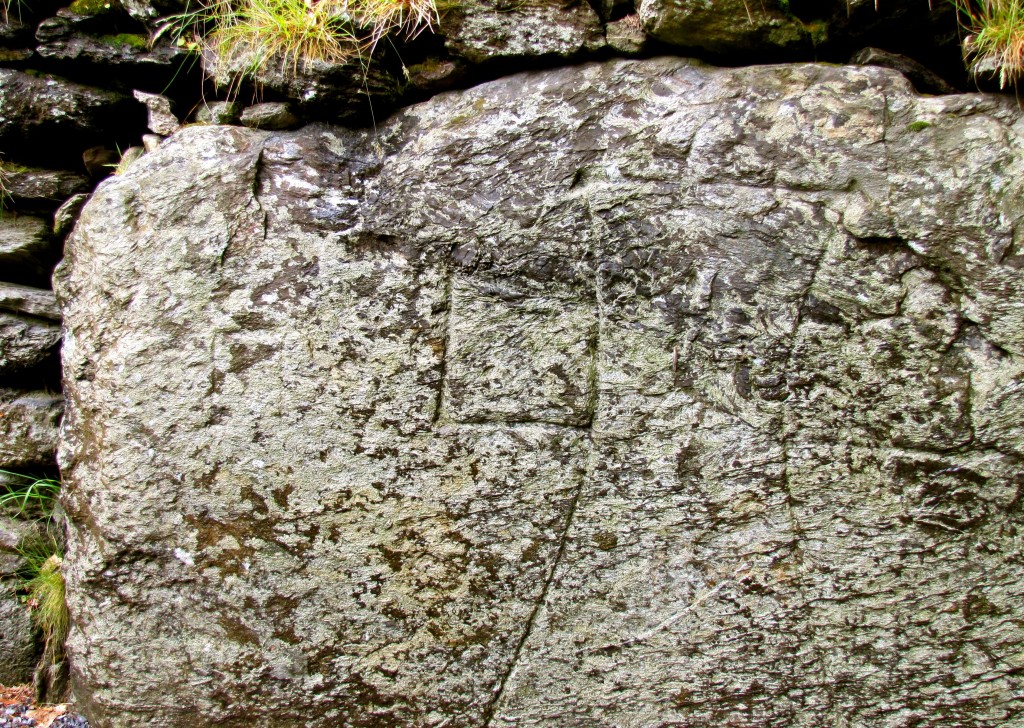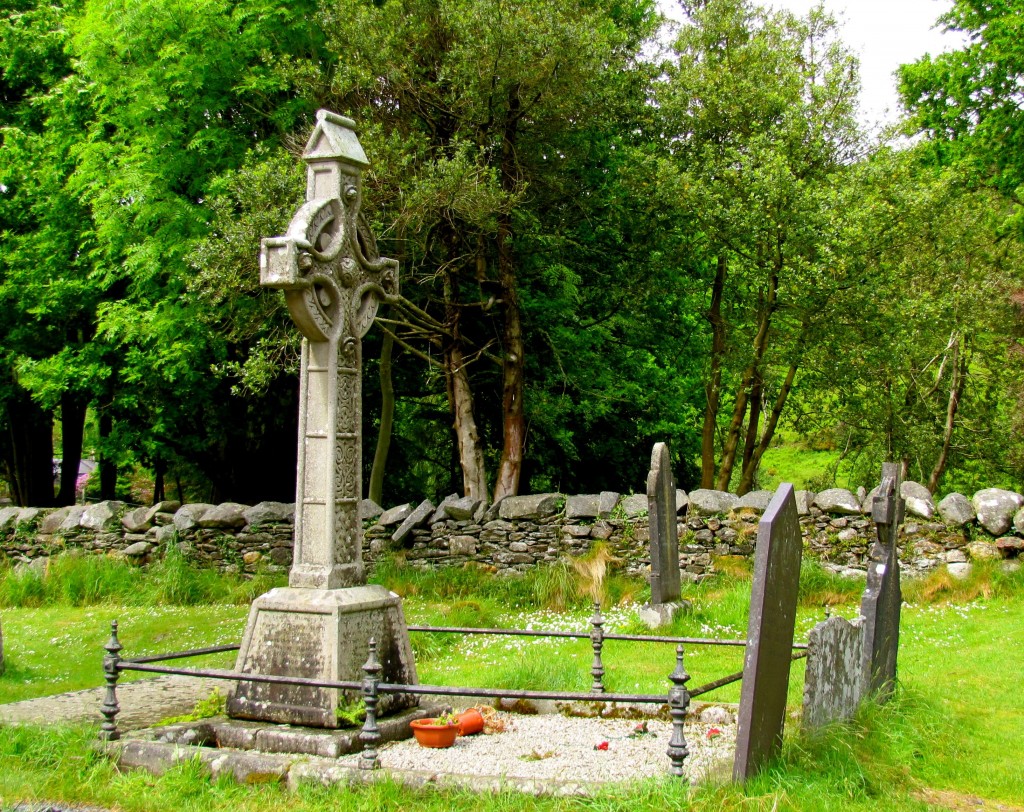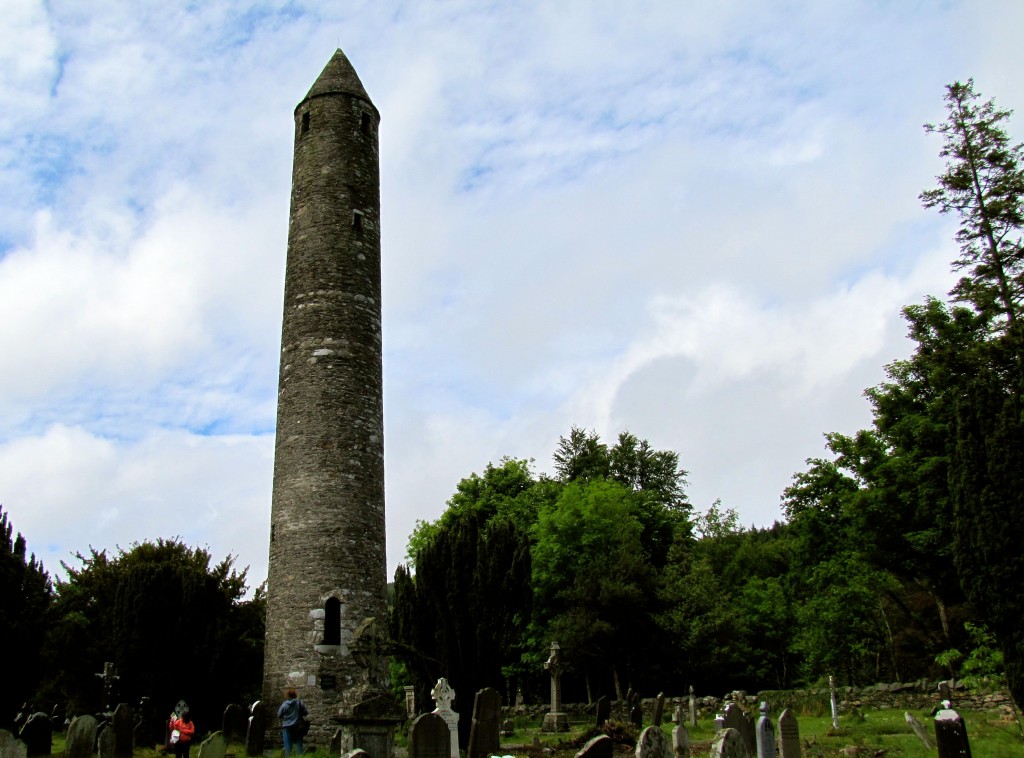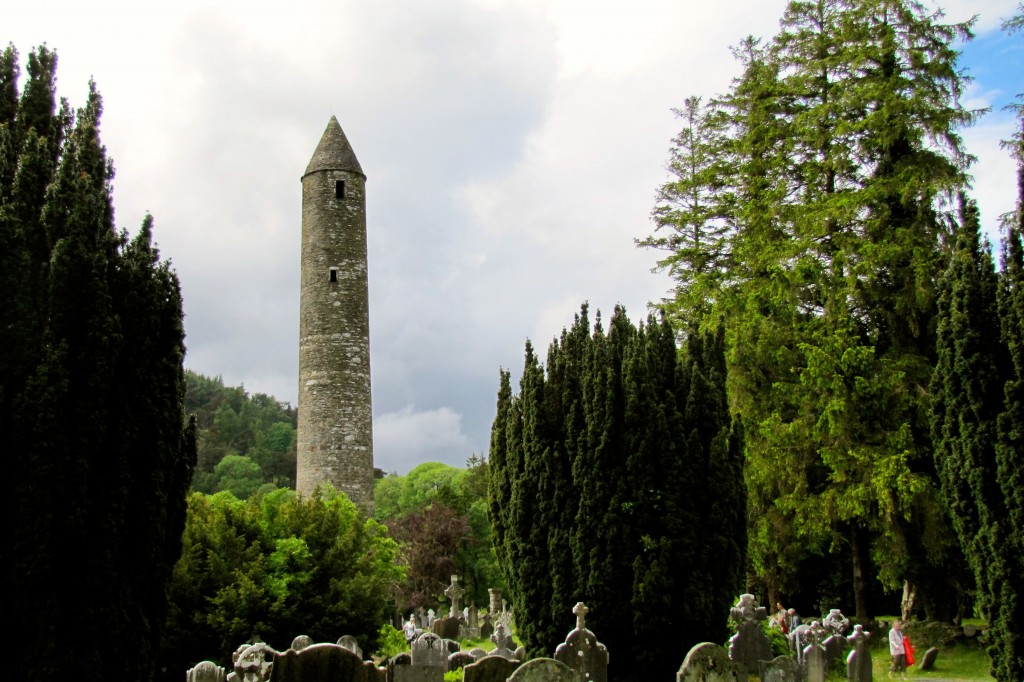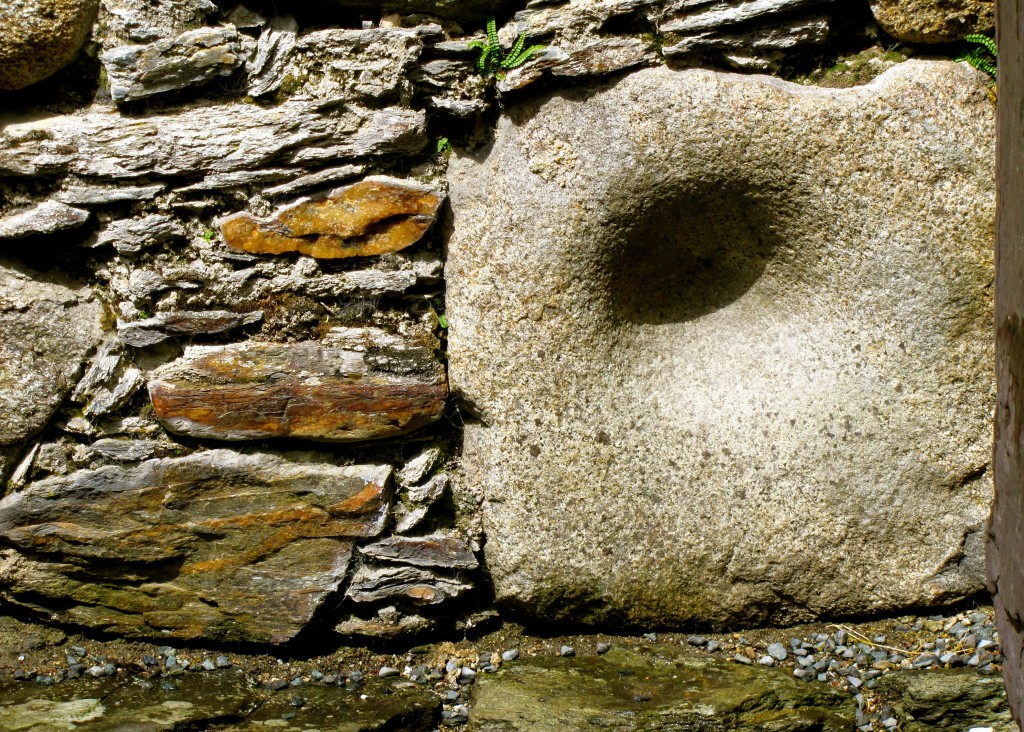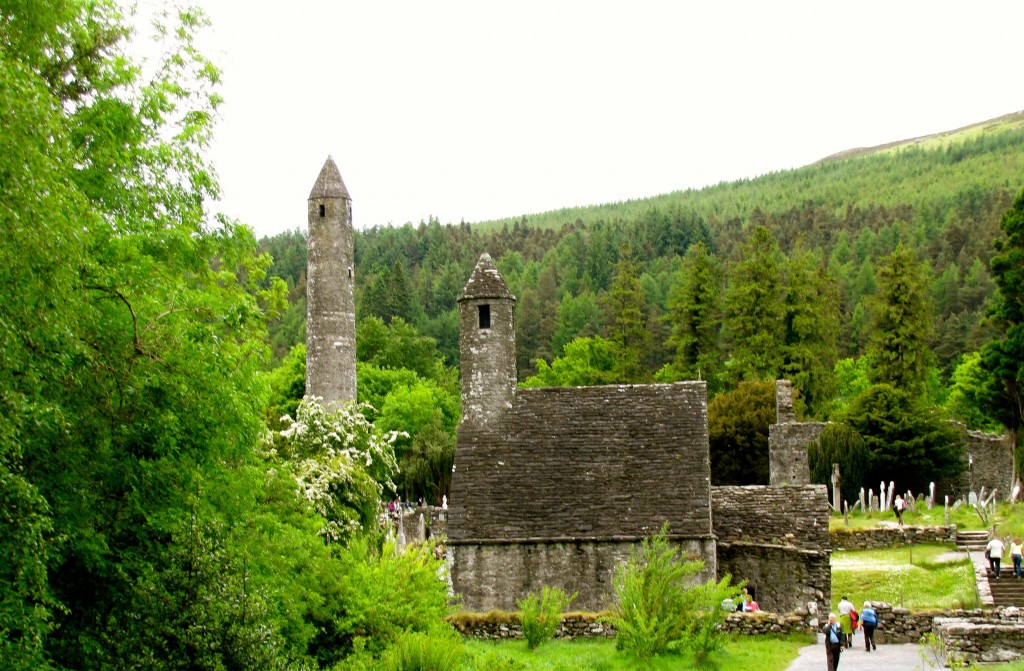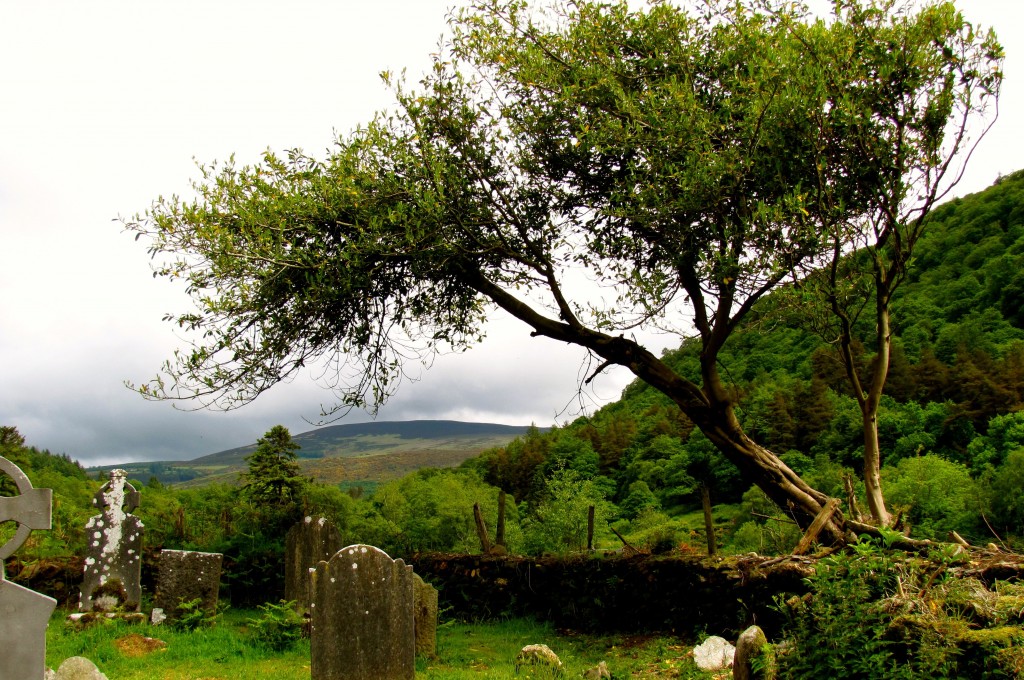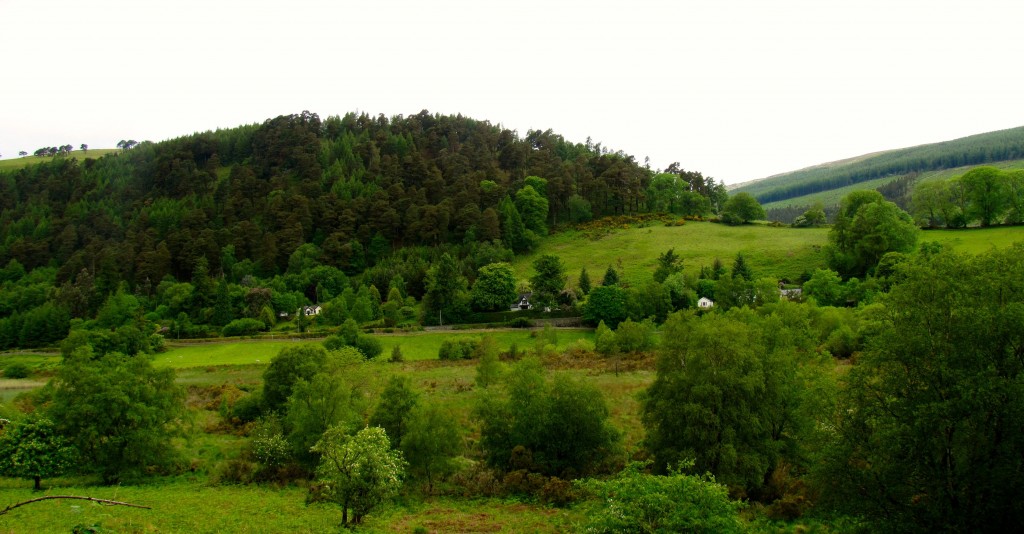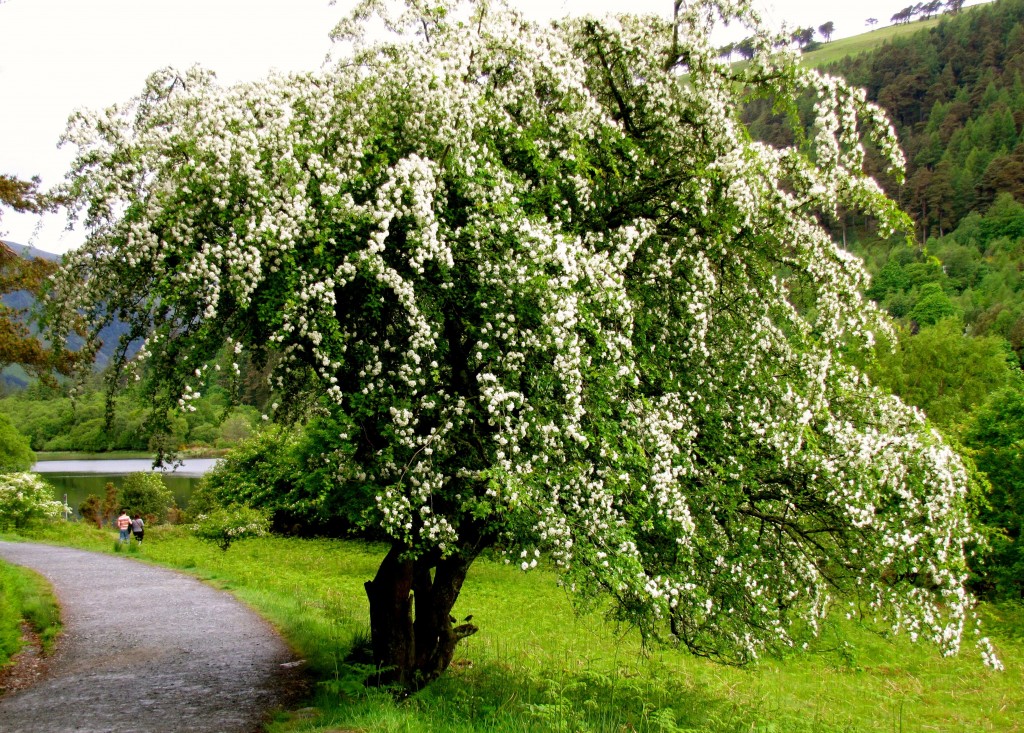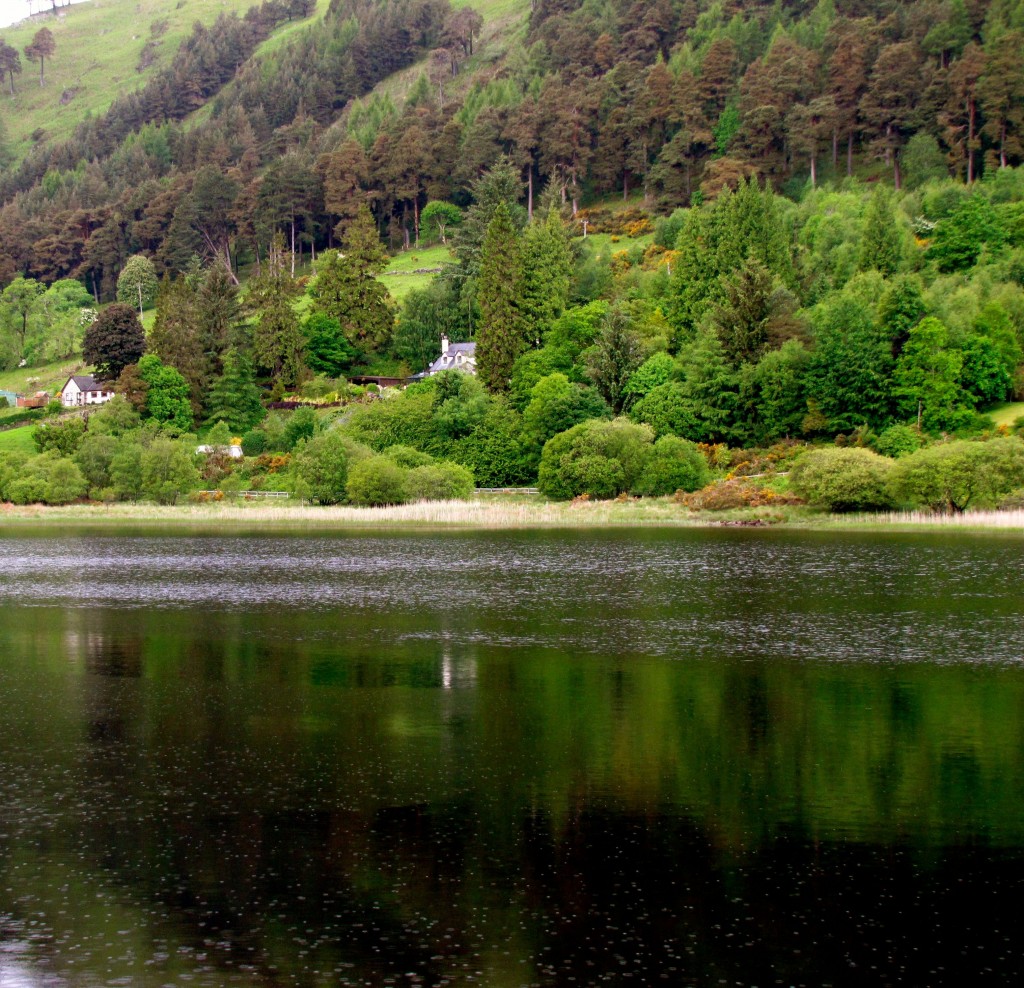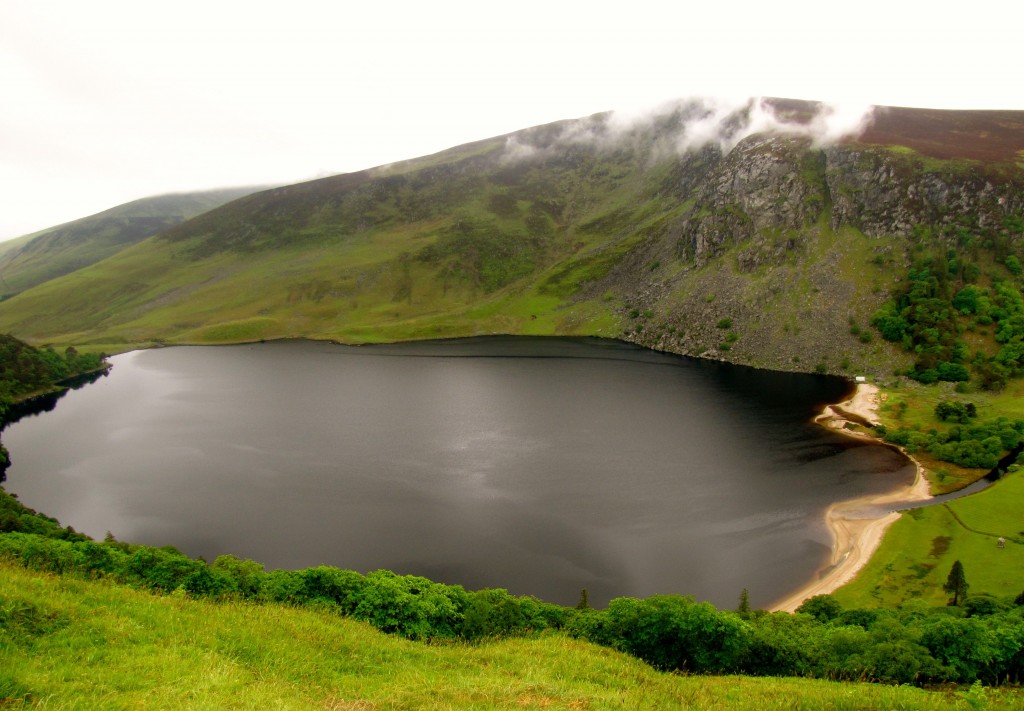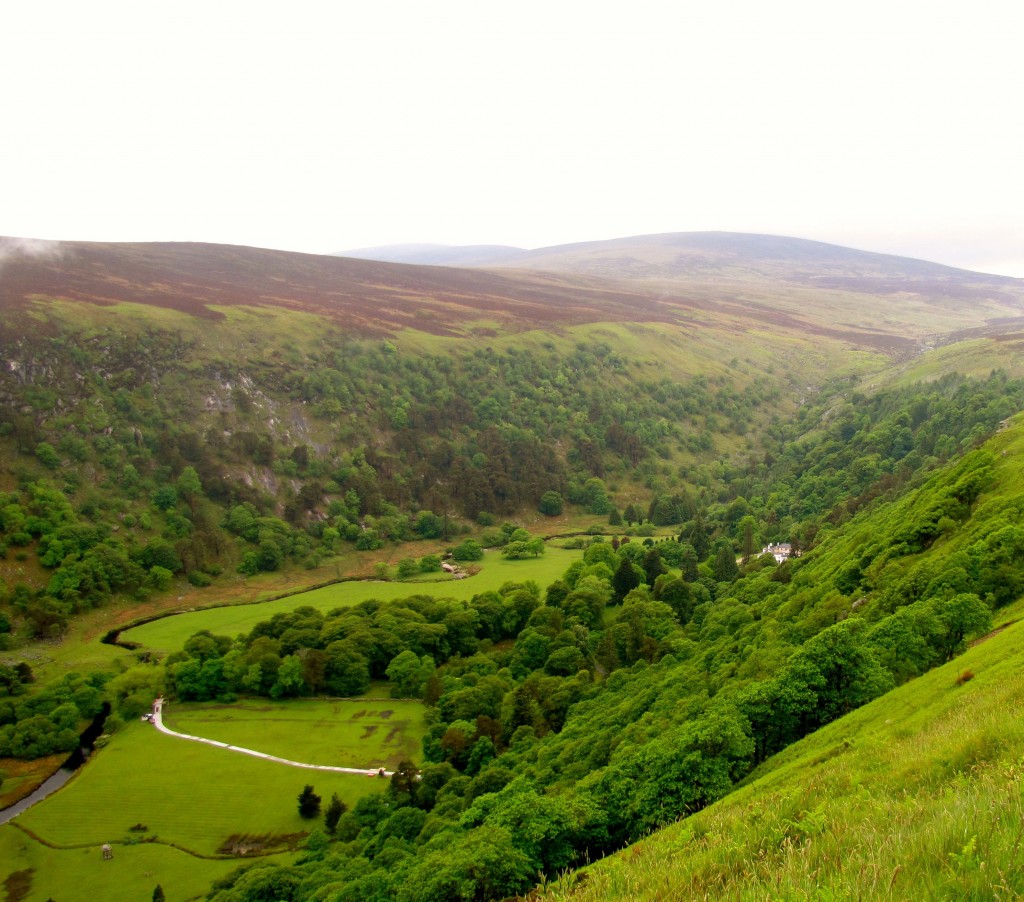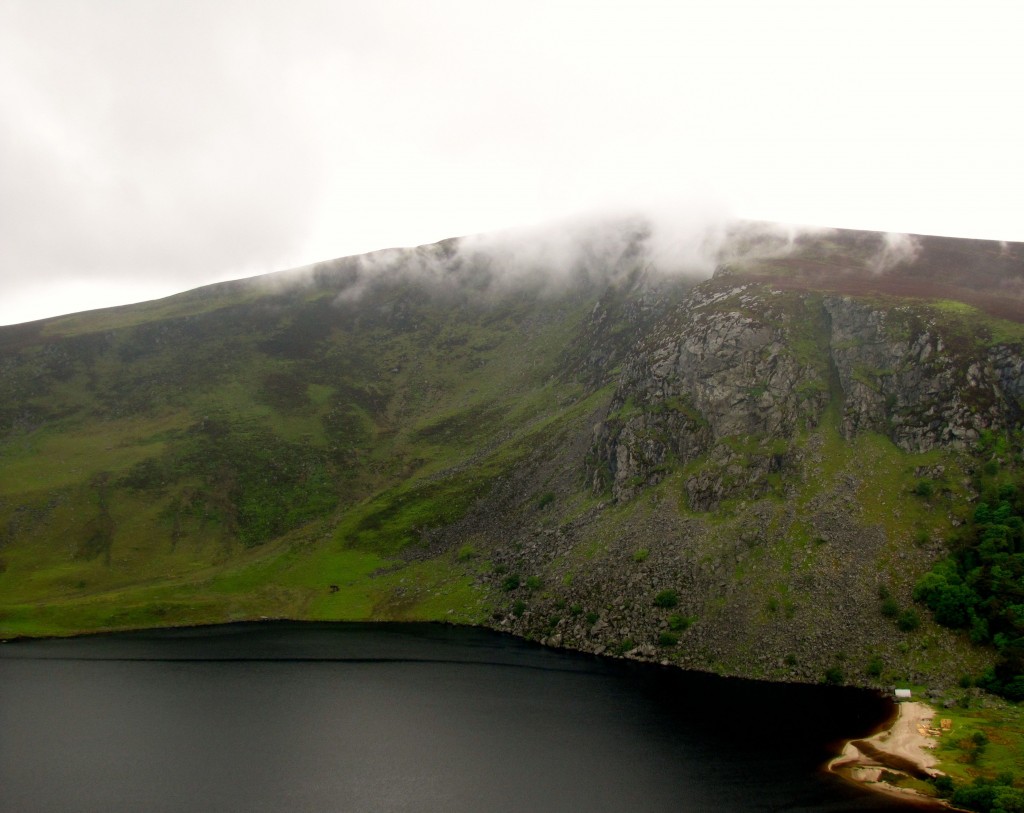It’s less than a month until I leave for Ireland, and I think I’ve got most of the details of the trip nailed down. Which is good, because, as I said, it’s less than a month until I leave. Did I mention that I have less than a month before I go to Ireland? ‘Cause it’s less than a month!
I’ve updated my itinerary for this trip to reflect the fact that I’ve sorted out what I’m going to be doing. It’s pretty much locked down, now, though that’s less rigid this trip than on the previous one – there are more days where I’ve got some plans, but nothing that I’ve had to book. This gives me a little more freedom to do what I feel like doing, based on weather, how tired I am, and stuff like that.
The big block in completing this portion of the trip was sorting out what I was going to be doing in Killarney. I really wanted a chance to take the boat out to Skellig Michael, but – as I found out last trip – that’s a chancy proposition. Also pretty expensive, what with the taxi ride from Killarney to Portmagee, but that’s the lesser concern. Much as I want to see the Skelligs, I finally decided to play it a little safer; after all, I really wanted to take the tour up through the Gap of Dunloe and to see Dingle and Slea Head, and those were more guaranteed things.
So, that’s what I booked. I’ve decided that, if I want to see the Skelligs, I’m going to have to book a week or so in Portmagee to have a good chance. Maybe rent a car, so I can tour the Kerry countryside on the days I don’t go out in the boats. Guess that means another trip to Ireland. What hardship!
Once that was done, I booked the tours in Killarney, and found a ghost tour I can take one night, as well. Those, coupled with the nice walks in and around the town, should keep me happily occupied for my two full days there. Then it’s on to Kilkenny.
After doing a fair bit of research online and sending about a half-dozen e-mail messages to various places in Kilkenny, I picked out three definite things I want to do there: take a walking tour of the town, head out north of town to Dunmore Cave, and head out south of town to Kells Priory. For the trips out of town, I contacted Kilkenny Taxi, and got some price quotes, which are quite reasonable, so that’s how I’m going to do that.
I haven’t actually booked anything, because I don’t really need to for this part of the trip. That means I can decide on the days in question when I want to go where – with the exception that I need to do the walking tour of the town on the Saturday, as it doesn’t run on Sunday. But if weather is rough, then I can head out to Dunmore Cave in the afternoon, or if it’s nice, I can either walk around the town to see the things the tour didn’t cover, or head out south to Kells Priory.
I’m really pretty excited about Kells Priory. It’s open to the public, with no guides or tours or opening or closing times – it’s just a three-acre, twelfth-century ruin that you can wander around. It’s not on a lot of tour itineraries, and there is no convenient buses to anywhere near the site, so most of the reviews I read of it featured the line, “We were the only ones there!” Which is awesome.
And after two days in Kilkenny, I hop the train back to Dublin for the last part of my vacation. I’ve got a few day trips booked out of the city, and I plan to make a little more extensive use of the Hop-On-Hop-Off bus tour than I did last trip, but I’ve left the evenings free, as well as my last two days in the city, so I can finish off the trip in a little more relaxed fashion than previously.
That said, there are a couple of evening things I want to look into in Dublin – there’s a storytelling dinner at The Bronze Head that looks like fun, and I want to try and hit a pub or two that I heard about on the Musical Pub Crawl last year for some music. I also want to revisit Kilmainham Gaol, and take a tour of Dublin Castle, Christchurch Cathedral, St. Patrick’s Cathedral, and wander around Phoenix Park for a bit.
And then it’ll be time to come home.
